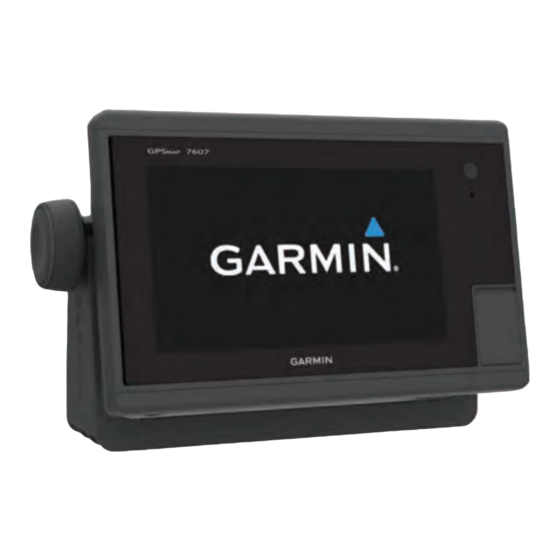
Garmin GPSMAP 7600 Series Owner's Manual
Hide thumbs
Also See for GPSMAP 7600 Series:
- Owner's manual (176 pages) ,
- Field service manual (18 pages) ,
- Installation instructions manual (9 pages)
Table of Contents
Advertisement
Quick Links
Advertisement
Table of Contents













Need help?
Do you have a question about the GPSMAP 7600 Series and is the answer not in the manual?
Questions and answers